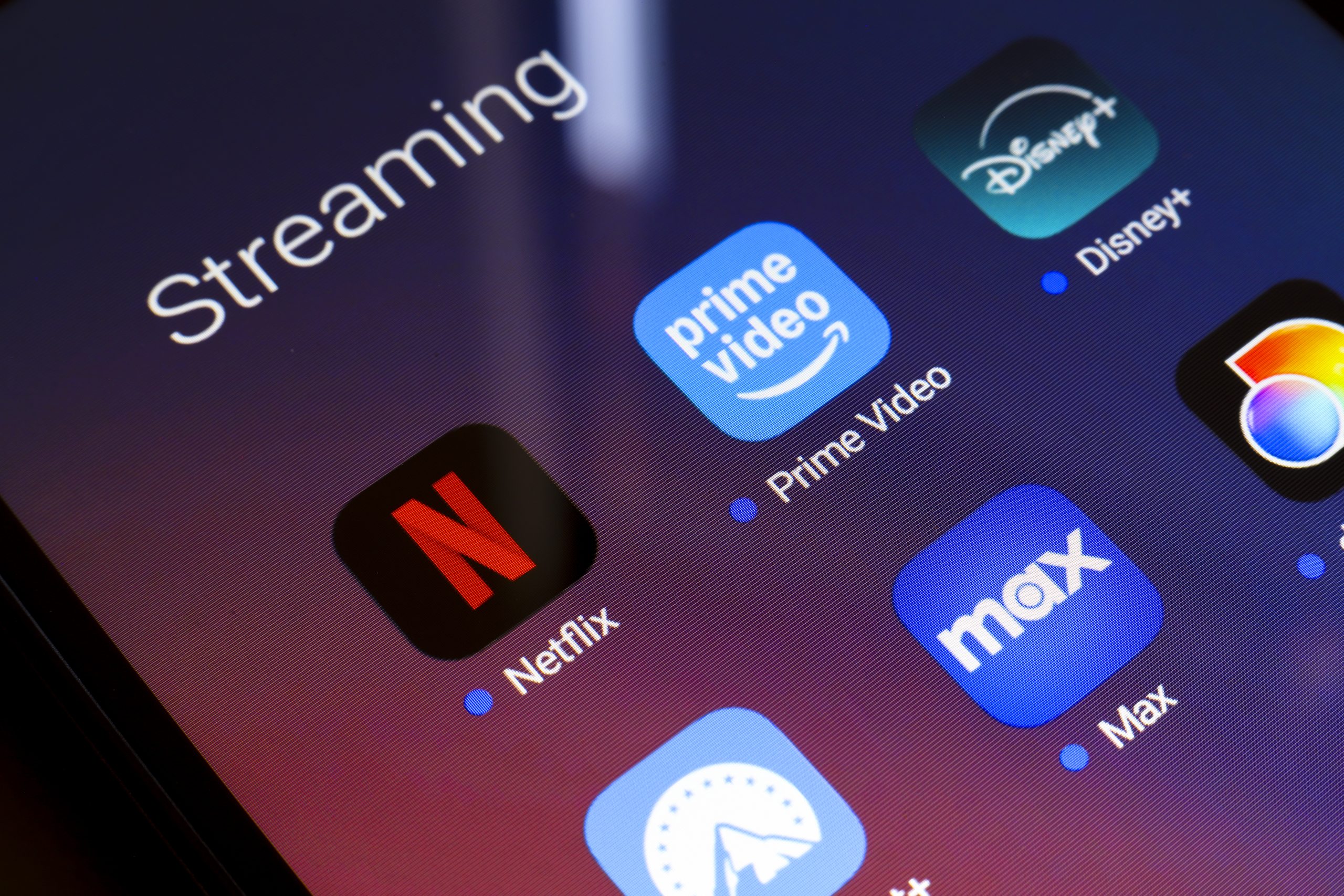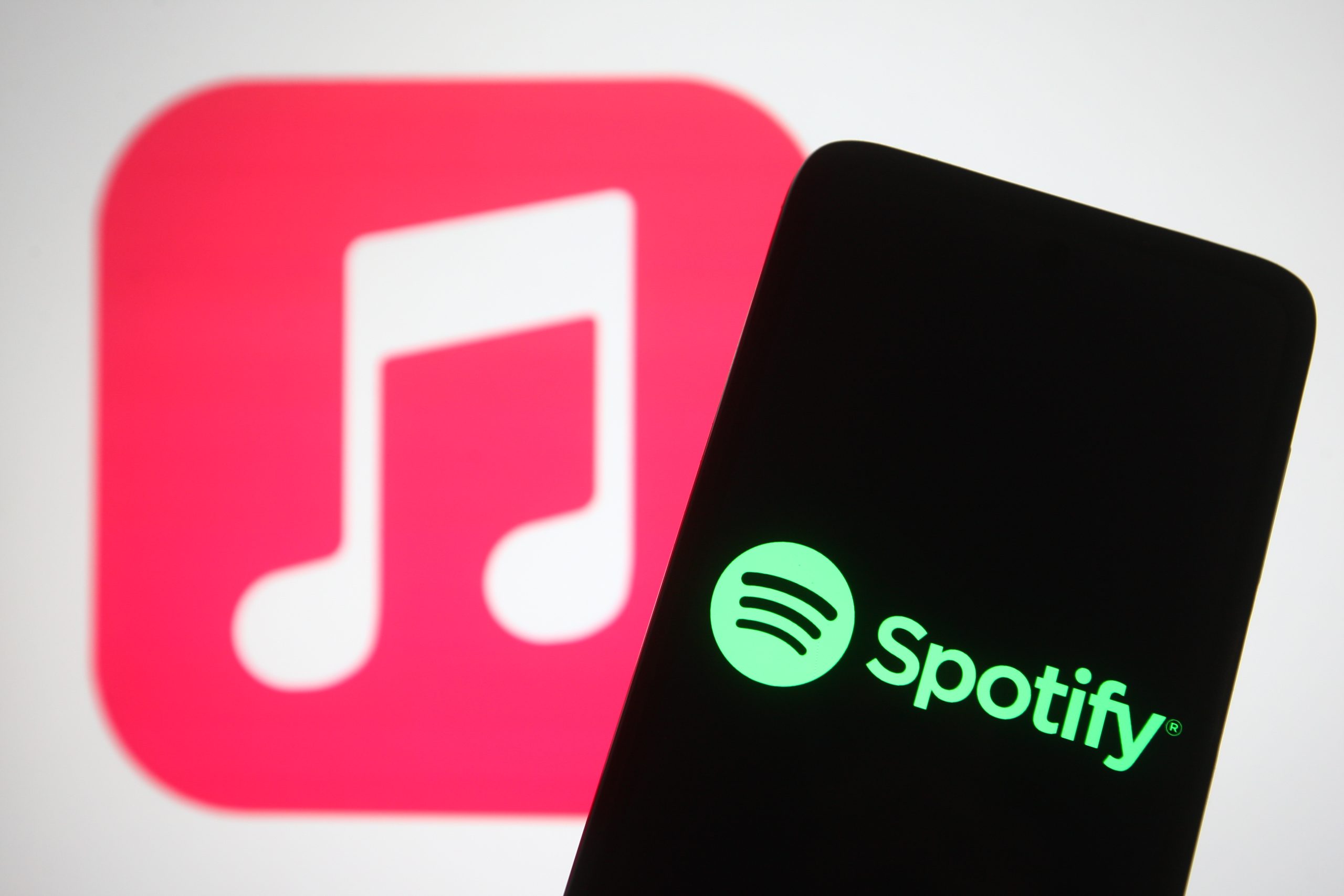
Amazon Music has embarked on a significant strategic initiative, launching "Fan Groups," a new beta feature designed to foster deeper community engagement among its users. Unveiled on a recent Monday, this innovative platform allows subscribers to create and join dedicated digital spaces centered around their preferred musical genres and artists. Currently undergoing its initial testing phase exclusively in Canada for both iOS and Android device users, this move signals a clear intent by Amazon to infuse its music streaming service with a robust social dimension, transforming passive listening into an interactive, shared experience.
Cultivating Digital Music Communities
The core functionality of Fan Groups revolves around facilitating direct interaction among music enthusiasts. Users can easily access this new feature through the "Find" tab, prominently located beneath the search bar within the Amazon Music application. From this central hub, they can explore an initial selection of over 30 distinct groups, catering to a diverse array of musical tastes. The spectrum of interests spans popular categories such as indie rock and country, alongside rapidly growing global genres like Punjabi and K-pop, reflecting a broad appeal for various fan bases.
Within these specialized groups, members gain the ability to create new posts, engage in ongoing chat threads, and most importantly, share and save recommended songs directly with fellow fans. A standout aspect of this integration is the seamless listening experience: users can stream music shared within the group without ever needing to navigate away from the conversation. A simple tap of the play button at the top initiates a communal listening session, or members can explore shared tracks through a dedicated "Music" tab positioned alongside the "Posts" section. This integrated approach aims to keep the music central to the social interaction, enhancing both discovery and shared enjoyment.
Beyond peer-to-peer interaction, the feature introduces a groundbreaking avenue for artists themselves to connect with their fan bases. Artists are empowered to join these groups, opening direct channels for communication, sharing exclusive content, and cultivating more personal relationships with their supporters. This direct line to fans bypasses traditional intermediaries, offering a unique space for intimate fan engagement. The platform is designed for user-generated communities, allowing any user to initiate a new group. To ensure a positive and respectful environment, administrative tools are in place, enabling group creators to mute members and delete inappropriate messages. Furthermore, individual users retain the ability to report problematic content and block other members if necessary, emphasizing a commitment to user safety and moderation.
A Historical Perspective on Social Music
The concept of integrating social elements into music consumption is not new; indeed, music has always been a profoundly social phenomenon. From shared listening experiences around radios in the early 20th century to communal gatherings at concerts and the exchange of mixtapes, music has consistently served as a powerful connector. With the advent of digital music, however, the social aspect often became fragmented. Early file-sharing platforms like Napster, while controversial, inherently fostered a sense of community around shared libraries. Later, platforms like MySpace Music in the mid-2000s offered artists and fans dedicated spaces, allowing for profile customization, direct messaging, and the sharing of music.
The evolution of digital music saw a shift from ownership (CDs, digital downloads) to access (streaming). While streaming services offered unparalleled convenience and vast libraries, the initial iterations often prioritized individual listening experiences. Early attempts at social integration, such as iTunes Ping launched by Apple in 2010, aimed to create a social network for music within iTunes but ultimately failed to gain significant traction and was discontinued within two years. This demonstrated the challenges of integrating social features effectively into an existing music platform and the difficulty of competing with established social media giants.
Spotify, a dominant player in the streaming market, has consistently experimented with social features over the years. Its early integration with Facebook allowed users to share listening activity with friends, and features like collaborative playlists (e.g., "Jam") enable real-time co-creation of listening experiences. Other platforms have also pursued social avenues: SoundCloud has long supported commenting on tracks and has recently enhanced its social functionalities to include insights into friends’ listening habits and direct messaging tools for artists. Stationhead carved a niche by allowing users to host and participate in livestreaming parties where music is listened to collectively, mimicking the experience of a live radio show with interactive chat. These varied approaches underscore a consistent industry belief that social connection is a vital, yet often elusive, component of the digital music experience.
The Intensifying Streaming Wars and Market Dynamics
Amazon Music’s introduction of Fan Groups is a direct response to the escalating competition within the music streaming industry. The market is a fiercely contested arena, dominated by giants like Spotify, Apple Music, and Amazon Music, with significant contributions from YouTube Music and Tidal. While each platform boasts extensive catalogs and increasingly sophisticated algorithms for personalized recommendations, differentiation beyond mere content has become critical for user acquisition and, more importantly, retention.
For years, Spotify has been recognized for its robust social features, often seen as a key differentiator. Its efforts to engage users through shared playlists, collaborative listening, and now, a dedicated messaging feature, have aimed to make the platform a more sticky and interactive environment. Amazon, with its vast ecosystem encompassing e-commerce, cloud computing, and smart home devices, leverages its Prime membership to bundle Amazon Music, often offering it as an added perk. However, relying solely on bundling benefits may not be sufficient in the long term to secure sustained engagement against competitors primarily focused on music.
The move into social features represents Amazon Music’s strategy to cultivate a unique value proposition. By enabling direct fan-artist interaction and community building, Amazon is aiming to create a deeper, more personalized bond with its user base. This could prove particularly effective for Amazon, which already has a strong track record in community building through product reviews and seller interactions on its core e-commerce platform. The integration of social features within Amazon Music could transform it from merely a music library into a vibrant digital community hub, potentially increasing time spent in the app and reducing churn. The Canadian beta launch serves as a crucial testing ground to refine the feature before a broader rollout to the U.S. and other international markets, slated for next year. This phased approach allows for valuable feedback and iterative improvements, mitigating risks associated with a global, simultaneous launch.
Social and Cultural Impact: Redefining Fandom in the Digital Age
The proliferation of digital communities like Amazon Music’s Fan Groups holds profound implications for how fandom is experienced and expressed in the 21st century. Traditionally, fan culture revolved around physical gatherings, fanzines, and official fan clubs. The internet revolutionized this, first through forums and then through sprawling social media platforms where fans could connect globally. However, these platforms often lacked direct integration with the music listening experience itself. Fan Groups bridge this gap, embedding social interaction directly within the music application.
This integrated approach has the potential to reshape how fans discover new music and engage with artists. Instead of relying solely on algorithmic recommendations, users can tap into the collective intelligence and curated tastes of like-minded individuals. Niche genres and emerging artists, who might struggle for visibility on mainstream platforms, could find fertile ground within these dedicated communities. For fans, it offers a sense of belonging, a space to celebrate shared passions, and potentially, a more authentic connection with the artists they admire.
However, the cultural impact also presents challenges. Moderation at scale is paramount to prevent the spread of misinformation, hate speech, or harassment. Maintaining a positive and inclusive environment will require robust tools and active community management. There’s also the risk of fragmentation, where fan conversations are scattered across multiple platforms rather than consolidated, potentially diluting the overall impact. Furthermore, the balance between algorithmic discovery and human-driven recommendations will be crucial in ensuring a rich and diverse listening experience within these groups. The success of Fan Groups will hinge on its ability to foster genuine connections without becoming another echo chamber or a platform for superficial interactions.
Analytical Commentary: Opportunities and Challenges Ahead
Amazon Music’s venture into social communities with Fan Groups presents both significant opportunities and considerable challenges.
Opportunities:
- Enhanced Engagement and Stickiness: By providing a reason beyond just listening to open the app, Fan Groups can dramatically increase user engagement and the time spent within the Amazon Music ecosystem. This "stickiness" is vital for retention in a competitive market.
- Unique Value Proposition: While competitors have social features, the direct integration of chat, posts, and in-app streaming within artist- or genre-specific communities offers a distinct advantage.
- Artist Empowerment: Giving artists a direct, moderated channel to interact with their most dedicated fans can foster loyalty and provide invaluable feedback, potentially leading to new content creation and marketing strategies.
- Data Insights: The interactions within these groups could provide Amazon with rich data on fan preferences, community dynamics, and emerging trends, informing future product development and content curation.
- Future Monetization Avenues: While not immediately apparent, successful community building could open doors for exclusive fan content, virtual events, or premium access tiers down the line.
Challenges:
- User Adoption and Scale: Convincing a critical mass of users to actively participate and build communities from scratch is a significant hurdle, especially given the established presence of social media platforms.
- Moderation at Scale: As the feature expands, managing content and user behavior across potentially millions of groups will be a colossal task, requiring sophisticated AI and human oversight to combat spam, abuse, and toxicity.
- Competition with Established Social Platforms: Fan Groups must offer a compelling reason for users to engage there rather than on Twitter, Instagram, Discord, or Reddit, where many existing fan communities already thrive.
- Maintaining Authenticity: The perceived authenticity of artist interactions will be key. If artists delegate group management or if interactions feel overly commercialized, the feature could lose its appeal.
- Global Rollout Complexities: Different cultural norms and regulatory environments will need to be navigated as the feature expands beyond Canada.
The beta launch in Canada is a calculated move, allowing Amazon to collect crucial user data, identify pain points, and iterate on the feature before a wider deployment. The success of Fan Groups will ultimately depend on its ability to cultivate genuine connections, provide meaningful value to both fans and artists, and effectively manage the complexities of a large-scale social platform.
Conclusion
Amazon Music’s introduction of "Fan Groups" marks a strategic pivot towards fostering deeper community engagement within its streaming service. By integrating social interaction, content sharing, and direct artist-fan connections, the company aims to differentiate itself in the highly competitive music streaming landscape. This move recognizes the enduring human desire for shared experiences and the powerful role music plays in connecting individuals. As the beta phase unfolds in Canada and the feature prepares for a wider rollout, the industry will be watching closely to see if Amazon Music can successfully leverage the power of community to redefine the future of digital music interaction, moving beyond mere listening to truly shared musical journeys.





